Urinary Tract Infection Guidelines: Causes, Symptoms and Treatment
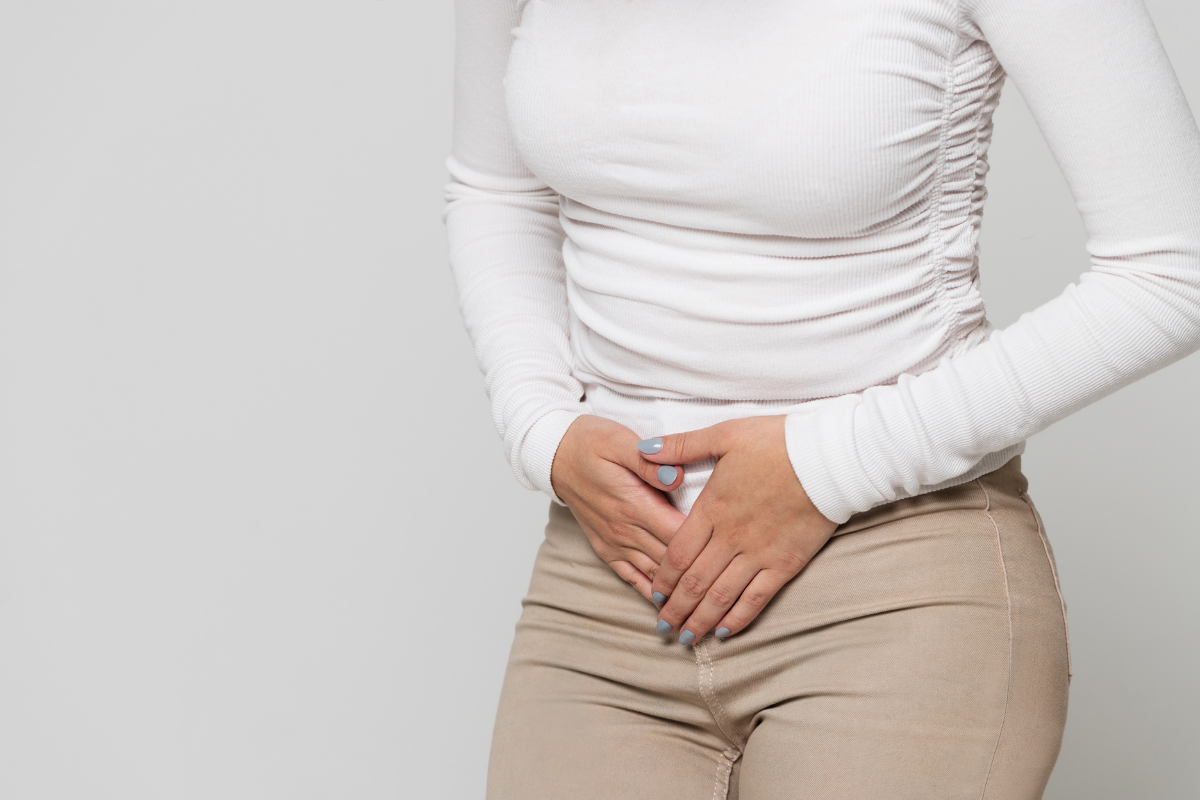
Among the most common infections that both women and men suffer from are urinary tract infections. Especially in summer, there is an increase in the incidence of UTIs and the reason is that there is more exposure to germs. But what are the symptoms of UTI and how can we treat it naturally?
Table of Contents
What Is Urinary Tract Infection (UTI)?
It is an infection of the urinary tract system due to pathogenic microorganisms, that is manifested by a series of clinical symptoms.[1]
Types of UTI
Depending on the localization and colonization of pathogenic microorganisms, there is a different type of infection.[2]
More specifically:
- Cystitis (bladder): You may feel an urgent need to urinate or pain during urination. It can also be manifested by pain in the lower abdomen, with bloody or cloudy urine.
- Urethritis (urethra): May present with pain during or the first seconds after urination and purulent discharge.
- Pyelonephritis (kidneys): It is the most serious form of urinary tract infection. May cause fever, chills, nausea, vomiting and upper back pain (in the kidney area).
- Prostatitis (affects men only): In men, the prostate is in front of the bladder. Bacteria can colonize the prostate gland and cause so-called prostatitis. The symptoms of prostatitis vary depending on the cause. However, the typical symptoms are: pain or burning when urinating, difficulty urinating, frequent urination and nocturia, pain between the scrotum and rectum, discomfort or pain in the penis or testicles and painful ejaculation.
What causes UTI?
UTIs can be caused by several factors. More specifically:
- Bacteria entering the bladder: Bacteria, especially Escherichia coli (E. coli), can enter the bladder through the urethra and cause an infection. In addition to bacteria, it can be caused by fungi, even viruses (rarely).
- Sexual intercourse: Sexual activity can facilitate the entry of bacteria into the bladder, especially in women.
- Urinary retention/irregular urination: Not passing urine for long periods of time can favor the growth of bacteria.
- Menopause: Declining estrogen levels during menopause can make the genitourinary area more vulnerable to infection.
- Prostatic hyperplasia: Men with prostate problems may experience urinary retention, increasing the risk of UTI.
- Immunosuppression: People with “suppressed” immunity, either due to a health condition or due to medication, are more vulnerable to urinary tract infections.
- Diabetes mellitus: People with diabetes may be more prone to UTIs due to changes in the immune system and the presence of glucose in the urine, which can favor bacterial growth.
- Use of urinary catheters: Patients who use catheters for a long time are more prone to urinary tract infections.
- Poor hygiene: Not thoroughly cleaning the urogenital area may be a factor in the occurrence of a UTI.
How do I get UTI?
Potentially, the UTI is transmitted from person to person through sexual contact or transmission due to shared toilet use. In practice, however, this is relatively difficult if the rules of personal hygiene are followed.
Having sex without a condom or certain sexual habits can increase the chance of transmitting germs. However, even in this case the infection is difficult, as long as people urinate after intercourse, there is regular washing and basic hygiene rules are observed, even during sexual intercourse.
Who is at higher risk?
As we mention before, UTI is common among adults and especially women, due to the anatomy of their urogenital area.
Pregnancy is also an additional risk factor for the occurrence of urinary tract infections in women. The reason is that the fetus leads to increased intra-abdominal pressure, which can lead to ureteral obstruction and urinary retention. In addition, as antibiotics are difficult to take during pregnancy, they become more difficult to treat.
When it comes to UTI in infants and children, it is one of the most common infections in childhood and infancy. Most often it is due to poor cleanliness of the sensitive area or to anatomical abnormalities of the urinary system.
UTI diagnosis
Initially, a general urine test and urine culture are required. The general urine test will show the presence of pyospheres and germs in the urine, while the urine culture will detect the germ after about 48 hours. [4]
Next, the treating physician, based on the culture and the detection of the pathogenic microorganism, will create the antibiogram, which will indicate to which antibiotics the microorganism is sensitive, in order to achieve its neutralization. [4]
Of course, if you frequently suffer from urinary tract infections and your doctor suspects a more serious problem, he or she can make a more careful diagnosis and check your urinary tract with an ultrasound, CT scan, or MRI scan.
It can also use a long, flexible tube called a cystoscope to look inside your urethra and bladder.
UTI treatment
It is important to treat a urinary tract infection as early as possible, otherwise it can become very serious.
A simple urinary tract infection can be treated with a suitable antibiotic, a short cycle of 3 days, which is relatively easy to treat most uncomplicated urinary tract infections. [4]
However, some infections may need more treatment to reduce the chance of recurrence. The pain and desire to urinate can often subside after a few doses, but you should continue to receive antibiotic treatment until the end, for the complete and radical “extermination” of the microorganism. [4]
Most of the time, when one of the two partners shows symptoms of a urinary tract infection, it is recommended that they both take medication. Of course, this will be decided by the treating physician after examining both partners.
In general, a urinary tract infection is easier to treat when it is confined to the lower urinary tract. Conversely, when it spreads to the upper urinary tract it is likely to spread to the bloodstream, as mentioned above, and lead to dangerous conditions.
It is very important to drink plenty of fluids, especially during a urinary tract infection. Also, we do not omit the concomitant intake of probiotics, with antibiotic treatment, to protect the microflora.
Natural treatment of UTI
The treatment of urinary tract infection can, in addition to taking medication, be done by natural means, something that will be judged by the treating physician.
Antibiotics are an easy solution, but they often make the bacteria resistant, do not “clean” the bladder effectively and so there is often a relapse. What are some natural remedies for urinary tract infections? [9]
Cranberry
Taking cranberries can contribute to both treatment and prevention of urinary tract infections, up to 35%. Cranberries are a category of berries, often referred to as the red treasure.
They are rich in flavonoids, polyphenols, anthocyanidins and proanthocyanidins. They have antibacterial and anti-inflammatory properties, reducing the adhesion of bacteria to the bladder epithelium.
They help to prevent the occurrence of UTI, while in case of infection, they help to restore or even prevent further kidney infection. For better action and effectiveness, cranberry extract can be combined with mannose and NAC.
N-acetylcysteine (NAC)
NAC It is a mucolytic agent that helps remove pathogenic microorganisms from the bladder wall. It helps to effectively “clean” the bladder, minimizing the likelihood of recurrence or re-infection.
It is used in conjunction with antibiotics for better action or in cases where there are frequent urinary tract infections.
D – Mannose
D – mannose is a type of sugar of plant origin that is not metabolized in the intestine. It is used to prevent attachment of pathogenic microorganisms to the bladder wall as they adhere to mannose.
The result is the prevention of microbial proliferation and elimination through urination by the body.
Vitamin C
Note that vitamin C supplements can prevent urinary tract infections, making urine more acidic, which makes it harder for germs to grow.
A combination of blueberries, the probiotic Lactobacillus rhamnosus and vitamin C can produce clinical benefit due to synergistic effects.
Herbs
Diuretic herbs (Uva ursi, Solidago, Birch, Maidan, Java, Nettle, etc.) help remove germs from the urinary system, due to increased urination, as they increase urination.
They have antioxidant, anti-inflammatory and antiseptic properties, thus reducing the chance of recurrence or infection in the first place.
For immediate relief from the symptoms of urinary tract infections, chamomile douches are recommended, which have soothing, antioxidant and anti-inflammatory properties. However, you should first inform your doctor.
Diet and urinary tract infection
To recover from a urinary tract infection as soon as possible, you may want to try the following foods: [11]
- Berries. Although researchers are still studying their effectiveness, it is believed that eating cranberries, blackberries and raspberries can help fight urinary tract infections. They contain proanthocyanidin, which has been shown to prevent bacteria that cause infection from attaching to the endothelium of the urinary tract.
- Foods rich in probiotics. Try to include foods such as plain sheep yogurt, pickles and sauerkraut in your diet, as they contain beneficial bacteria that can help fight an infection.
- Foods high in fiber. Fiber-rich foods – such as bananas, beans, lentils, nuts, oats and other whole grains – can help remove pathogenic bacteria from your body. They also encourage peristaltic bowel movements, which can help relieve bladder pressure.
Salmon. Fish contains omega-3 fatty acids, which help reduce inflammation caused by urinary tract infections. Fish oil supplements are another great alternative for people who do not eat enough fish.
What is “forbidden” in UTI?
It is advisable to avoid certain habits during a urinary tract infection. More specifically: [3]
- Do not use scented soap. It is recommended to use cleaners with the appropriate pH, with cranberries, prebiotics and probiotics and natural antimicrobial agents.
- Do not deny the urgent need to urinate.
- Do not rush when urinating. Take care and try to empty your bladder completely.
- Avoid wearing tight, synthetic underwear, such as nylon.
- Avoid alcohol and coffee, as they can irritate your bladder.
- Avoid sugary foods or drinks, as they may encourage bacteria colonization
- Avoid sexual intercourse, even with the use of a condom or other contraceptive.
Urinary tract infection and sea
In summer, there is unfortunately an increased risk of developing a urinary tract infection for both men and especially women. Here are some helpful tips to help prevent urinary tract infections during the summer months: [6]
- Choose clean beaches that are not overcrowded. Swimming pools can become breeding grounds for germs if not properly maintained, and chlorine levels are low.
- Change your wet swimsuit as soon as possible. Germs tend to thrive in warm, humid places.
- Do not sit in the swimsuit on the sand. The sand “hides” many germs, which can penetrate into the swimsuit and then into your vagina.
- Pay close attention to shared toilets.
- Make sure you consume plenty of water. Avoid coffee while on the beach, as you run the risk of becoming more dehydrated in addition to the heat.
Urinary tract infection and period
Estrogen is protective against UTI and because it is at its lowest level during menstruation, it can put a woman at increased risk of infection during menstruation.
When you are menstruating, you are probably wearing sanitary pads or tampons. These women’s care products can “trap” more heat and moisture than just underwear, especially if they are not changed regularly. These factors promote the growth of bacteria, which increases the risk of developing a urinary tract infection. [7]
Therefore, change tampons and sanitary napkins regularly to avoid contamination. In particular, do not leave a tampon on for more than four to six hours. [7]
Also, choose cotton underwear, not synthetic, as they do not allow the growth of bacteria, both during menstruation and the other days of the month.
UTI prevention
Here are some steps you can take to reduce the risk of urinary tract infections. Indicative: [8]
- Consume plenty of fluids, especially water. This will help your body clear the infection faster. Frequent consumption of water, 6-8 glasses a day is a very good method of prevention. Water is good because it increases the volume of urine and drives germs out of the body
- Consume cranberry juice or cranberry supplements. Consult a specialist about how long to take a supplement, as this may change depending on the dose. Most surveys have been done for a period of 2-6 months.
- For women, the sensitive area should be cleaned from front to back. This prevents the spread of bacteria from the anal area to the vagina and urethra.
- Urinate immediately after sexual intercourse. This reduces the chance of spreading and multiplying any pathogenic bacteria in your urinary system.
When to see a doctor
Call a physician or seek immediate medical attention if: [12]
- Symptoms such as fever, chills, nausea or vomiting worsen or appear for the first time.
- You have back pain just below your ribs.
- There is blood or pus in your urine.
- Υou have any problems with your treatment
- You don’t feel better after 2 days with antibiotics.
- Your symptoms subside but then return.
At Vita4you.gr you will find a wide variety of products for UTI!
References:
Disclaimer
The content of this blogspot is not and can not be considered as medical advice, diagnosis or treatment. All information is provided to readers solely for informational purposes. There is no intention to substitute this content for personalized medical advice, diagnosis, prognosis or treatment.



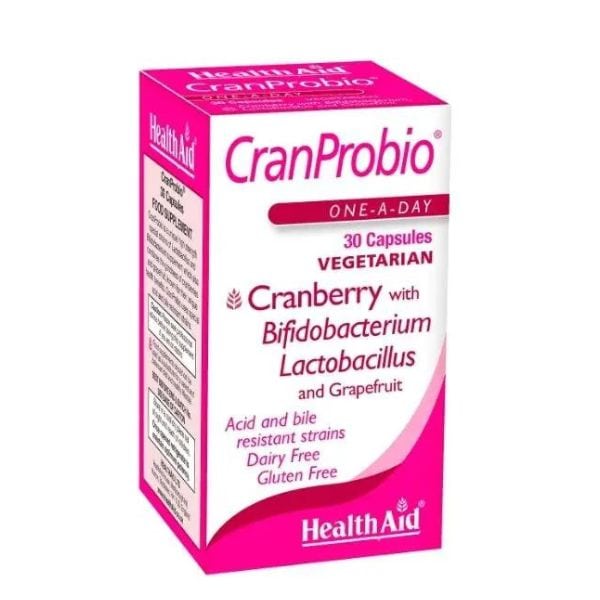


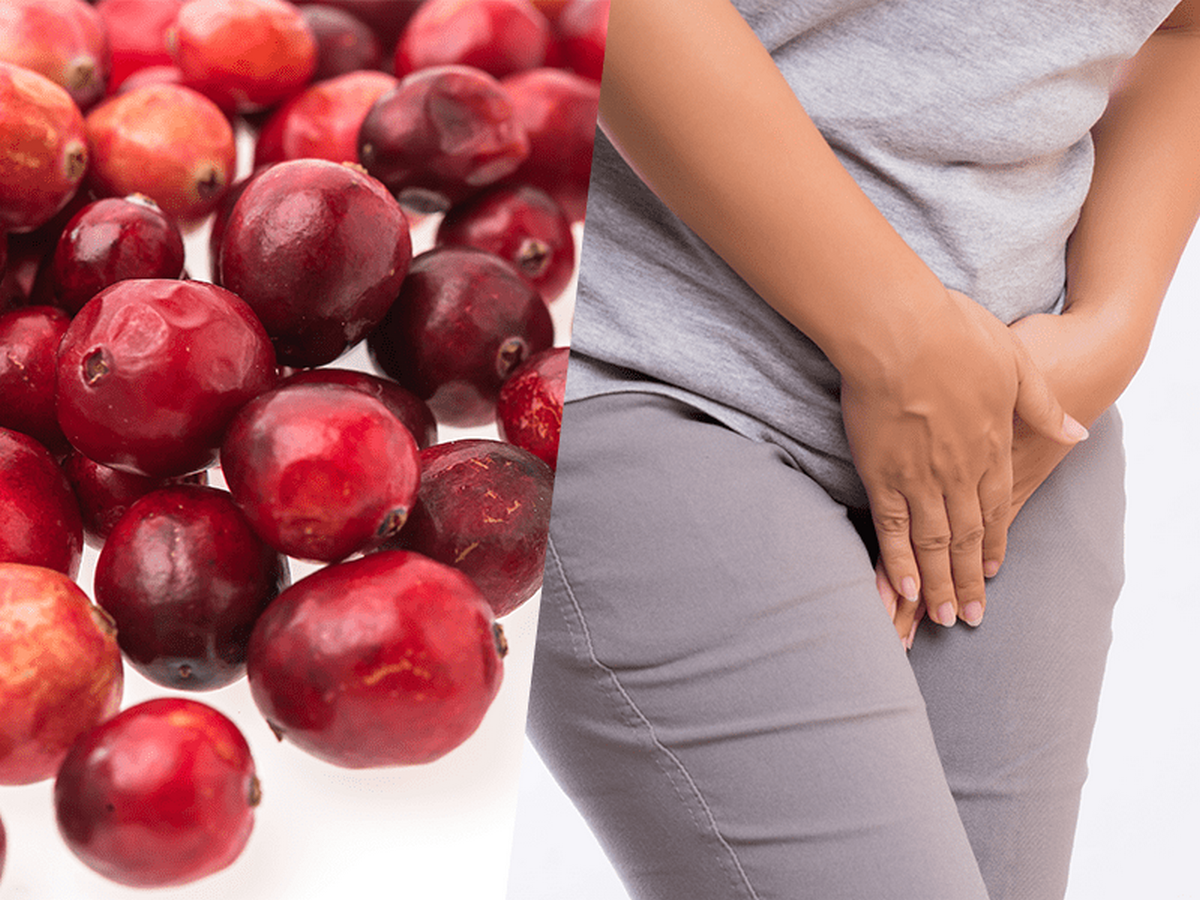


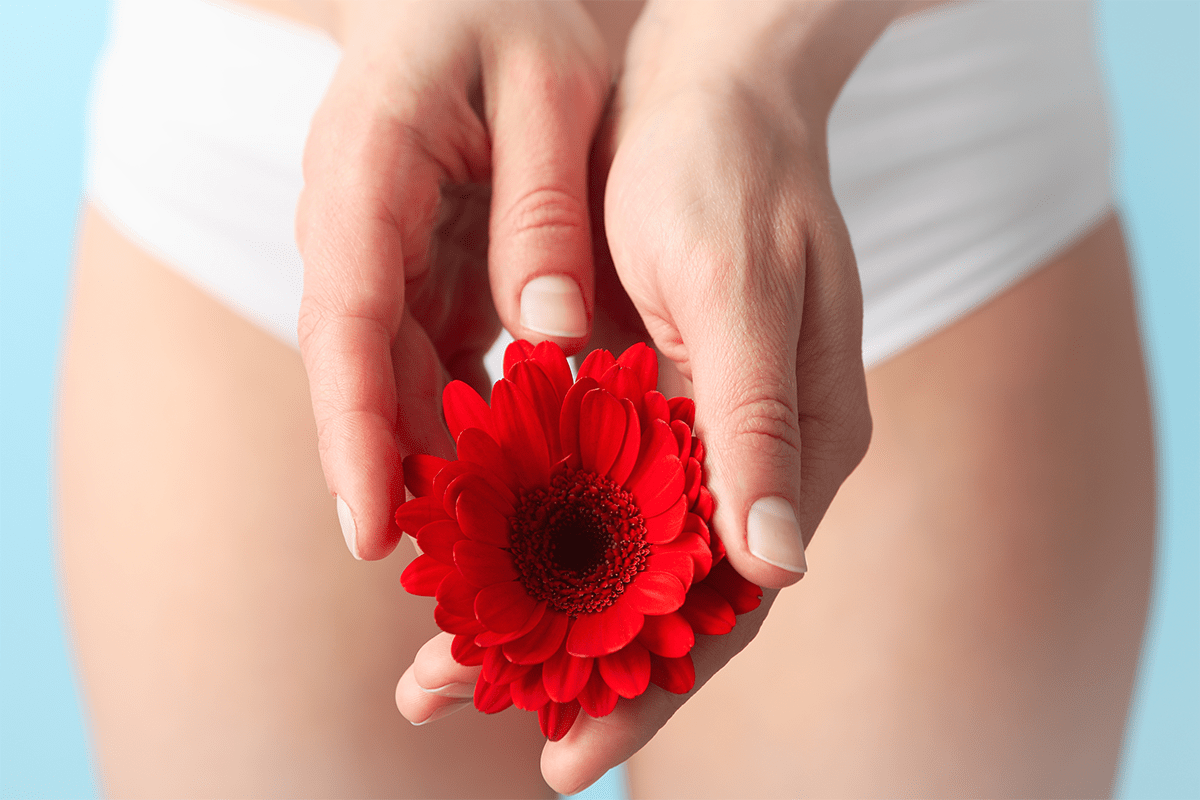
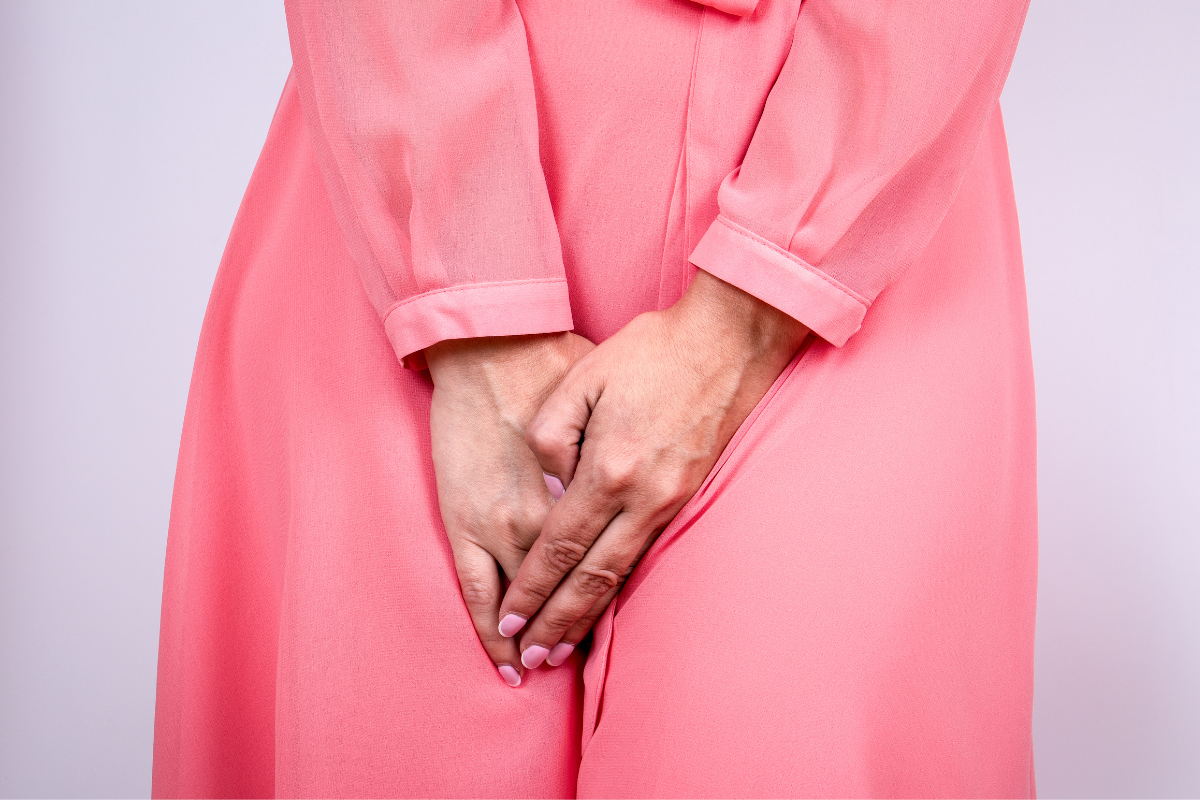

Leave a comment